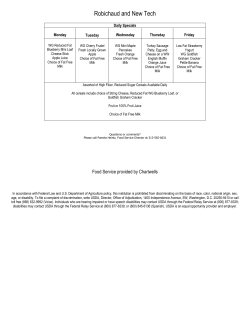
KLEIN SOLUTION INgREDIENTS
122 Chapter 9 Figure 9-23. Transplanted fat cells survive best when either cut out and implanted as a small cylinder of tissue or aspirated and injected through a large (14-gauge or larger) bore needle. Table 9-3 Klein Solution Ingredients Ingredients Action 1 L of normal saline Diluent 50 cc of lidocaine 1% plain Anesthesia 1 mL of 1:1000 epinephrine Vasoconstriction 10 cc of 8.4% sodium bicarbonate Reduces the acidity and therefore discomfort of injection 0.1 cc of 10 mg/mL of Kenalog Anti-inflammatory fat is believed to be a strong contributor to adipocyte survival rates. The literature suggests that a transplanted fat cell survives best when either cut out and implanted as a small cylinder of tissue or aspirated and injected through a large (14-gauge or larger) bore needle (Figure 9-23).1 There is a great deal of individual physician variation in techniques employed for fat transplantation. However, basic steps are common to all variations of autologous fat injections: fat harvesting, fat processing, and fat injection. Before the procedure, patients should discontinue blood thinners to reduce the risk of bruising. The first part of the procedure involves removing fat from the patient’s mid to lower body area. The best sites for adipose harvest include the thighs, buttocks, medial knee, lateral flanks, and abdomen. This can be done under local anesthesia, with or without an oral sedative. Anesthesia in the donor site is achieved by utilizing Klein solution (Table 9-3) (developed by Jeffrey Klein for tumescent liposuction). Adequate tumescent anesthesia will provide long-lasting anesthesia for 8 to 12 hours with effective vasoconstriction. A wide area of skin at the donor site is then prepped with povidone-iodine solution. Approximately 300 cc of Klein solution is infiltrated into the donor site. The center of the area for fat harvesting is grasped by pinching, and a puncture is made with a number 11 blade. The solution is injected through a small cannula in a radial fashion in multiple tissue planes, causing the tissue to swell and tense. The tip of the infusion cannula is constantly palpated. The fat is removed at different depths 30 minutes after injection of anesthetic with liposuction cannulas and syringes. The cannula is passed through the previously made skin puncture. The syringe of the plunger is then withdrawn and stabilized in the surgeon’s hand. Alternatively, a lock can be placed on the withdrawn syringe to create negative pressure within the barrel of the syringe. With a gentle in-and-out motion, the cannula is directed in a radial, fan-shaped pattern. Normally, only 15 to 20 mL of material is needed. However, up to 100 cc of fat is easily harvested. Any excess fat can be frozen for up to 1 year and used for subsequent augmentation.1
© Copyright 2025












